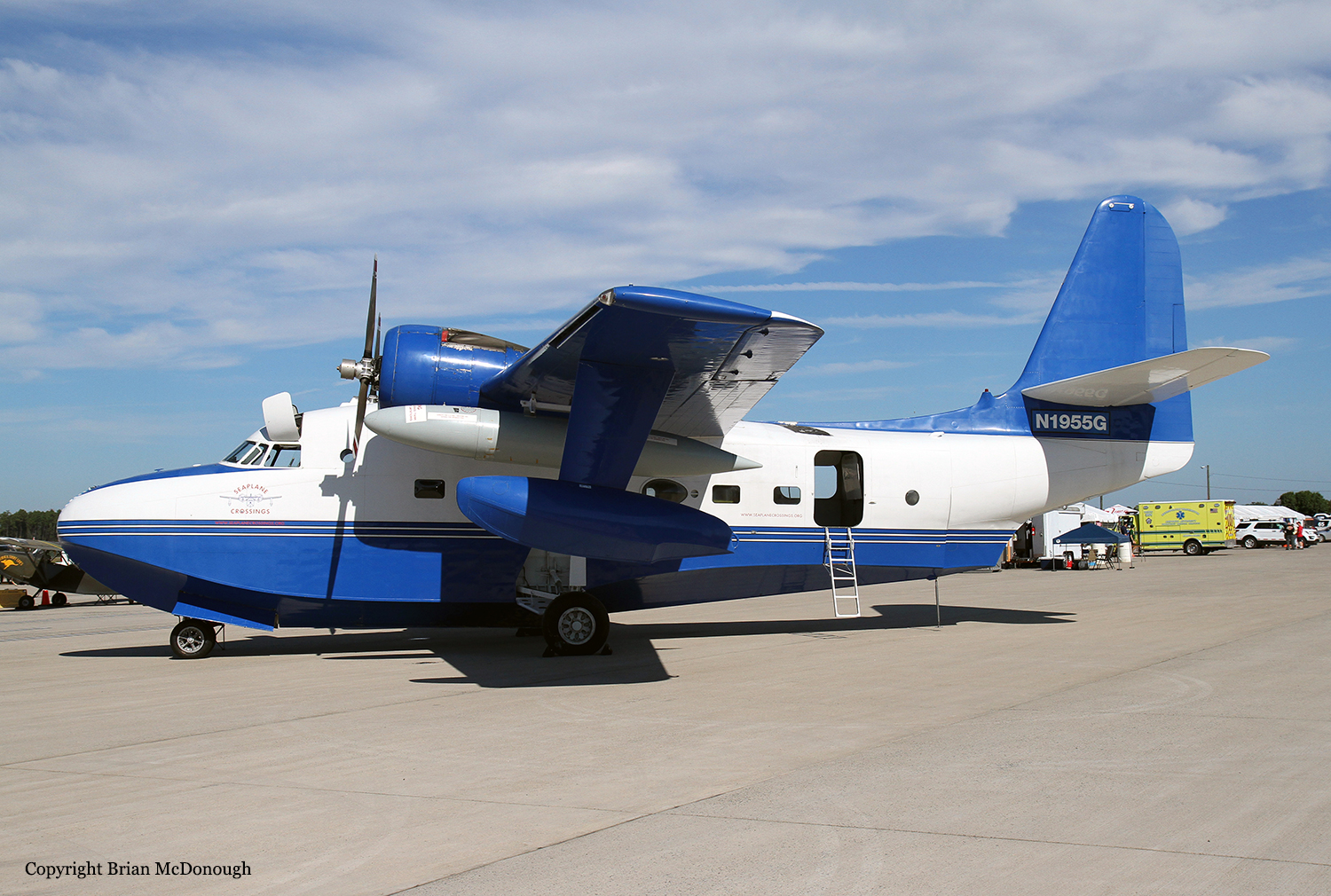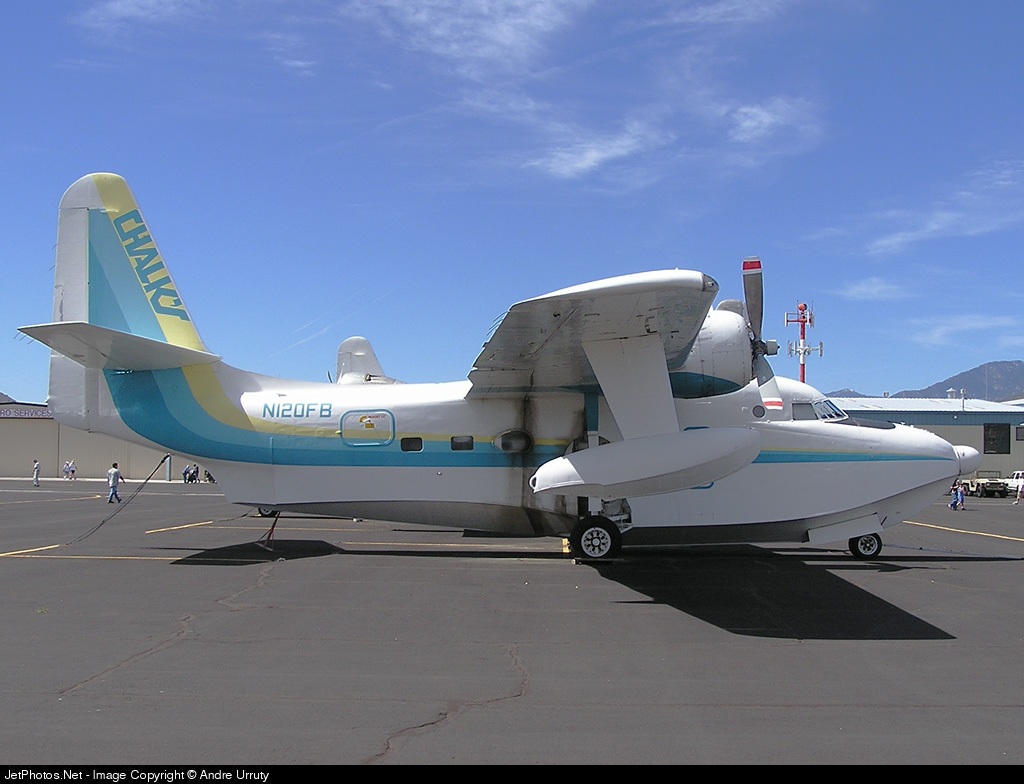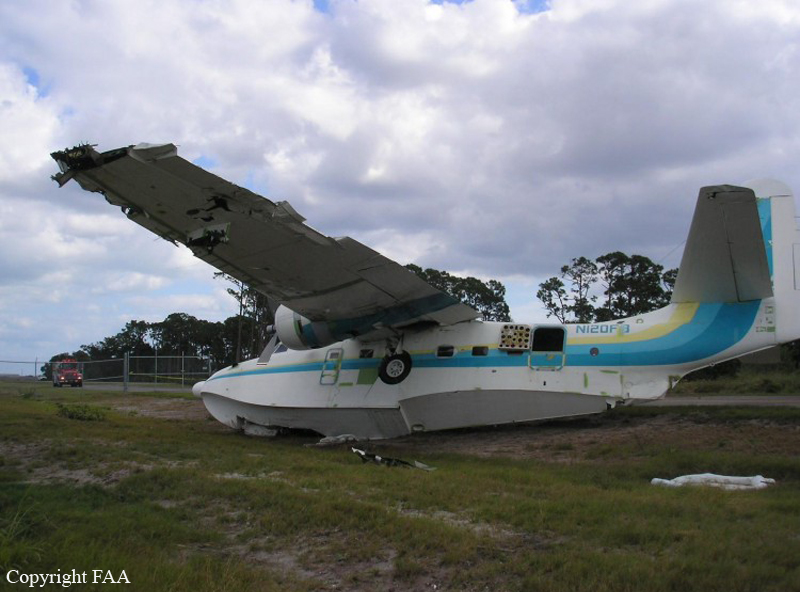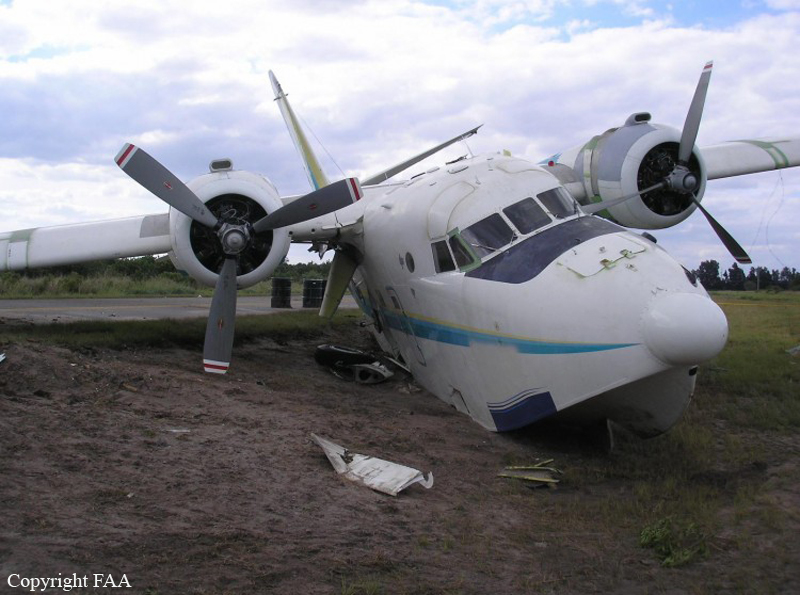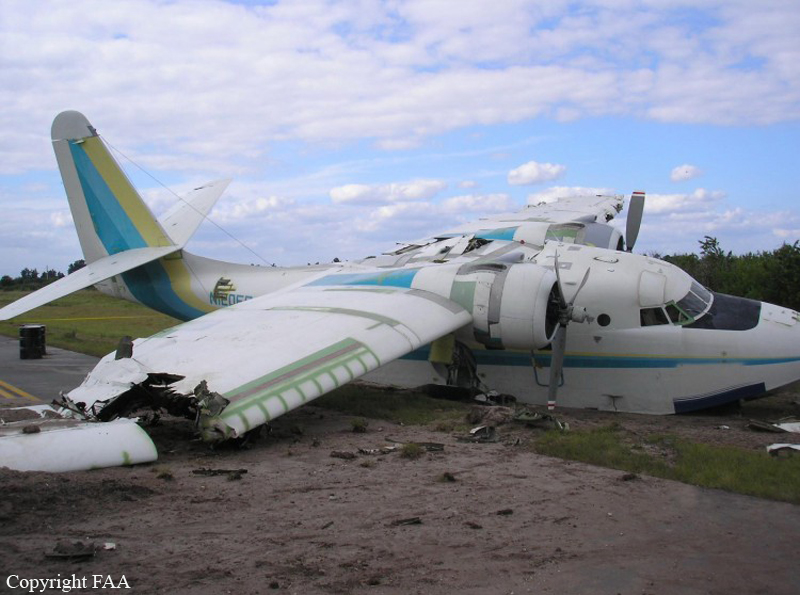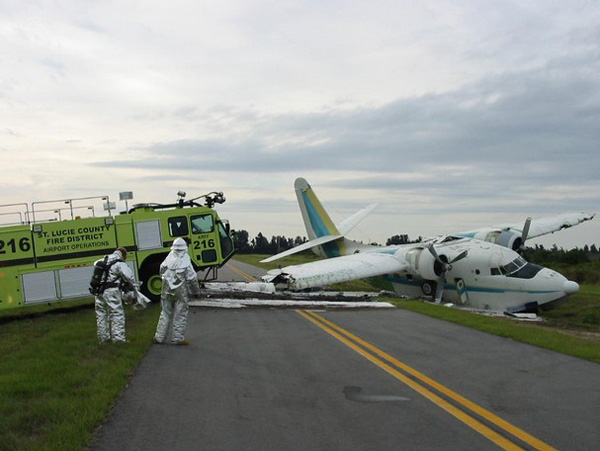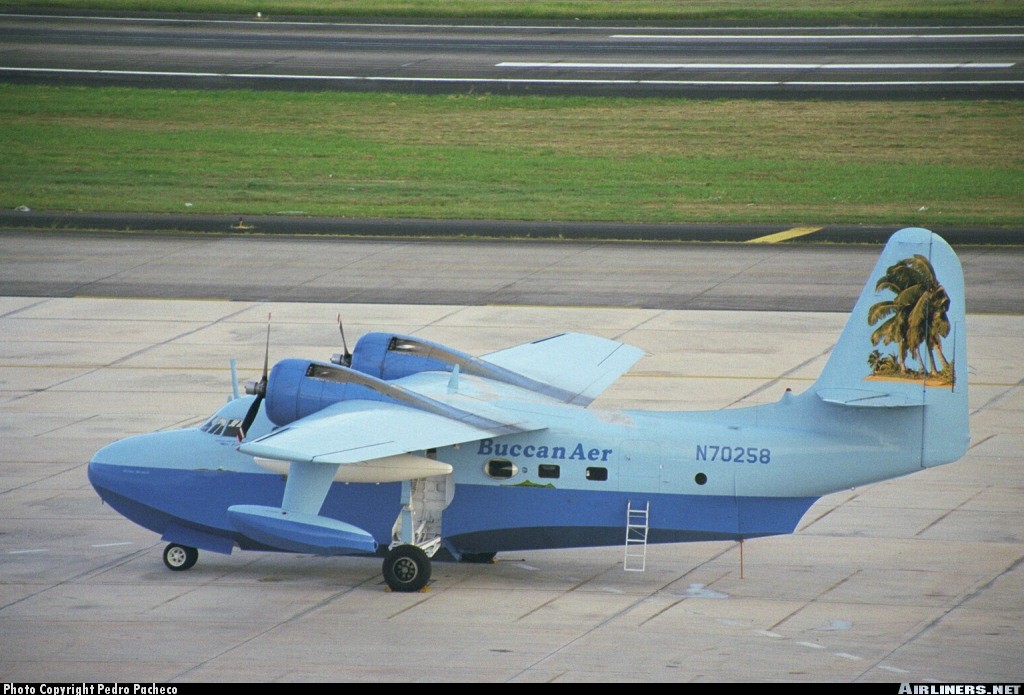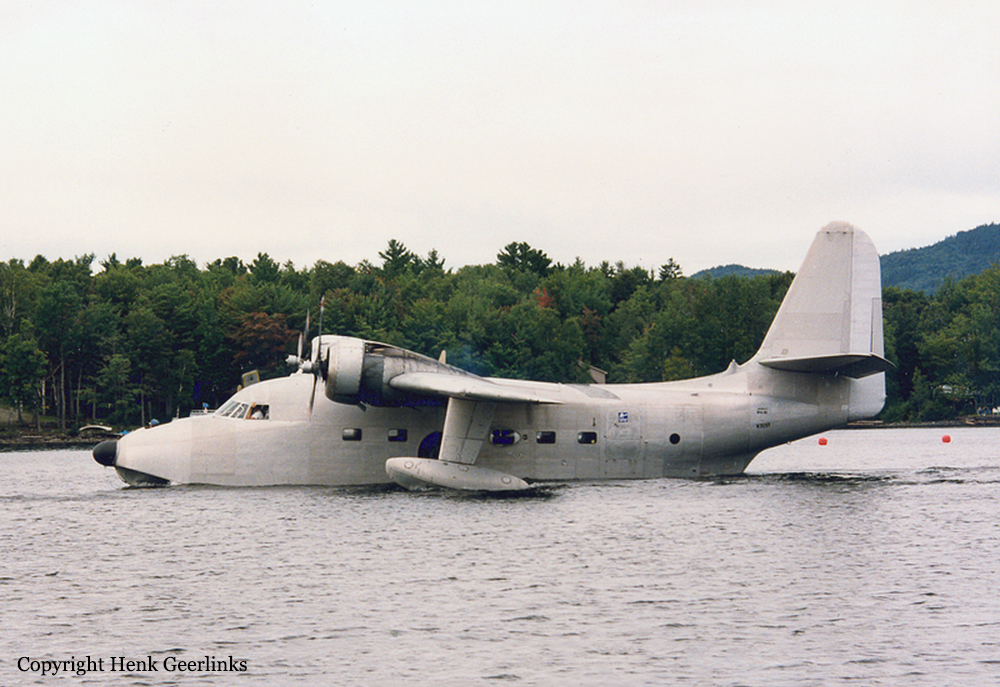Crash of a Grumman G-64 in the Atlantic Ocean
Date & Time:
Aug 25, 2018
Registration:
N1955G
Survivors:
Yes
Schedule:
Elizabeth City - Elizabeth City
MSN:
G-406
YOM:
1954
Crew on board:
5
Crew fatalities:
Pax on board:
0
Pax fatalities:
Other fatalities:
Total fatalities:
0
Circumstances:
The crew departed Elizabeth City CGAS in North Carolina to deploy weather buoys in the Atlantic Ocean. Several landings were completed successfully. While taking off, the seaplane struck an unkknown object floating on water and came to rest some 680 km east off Cape Hatteras, North Carolina. All five crew members evacuated the cabin and were later recovered by the crew of a container vessel. The aircraft sank and was lost.
Probable cause:
Collision with an unknown floating object while taking off.
